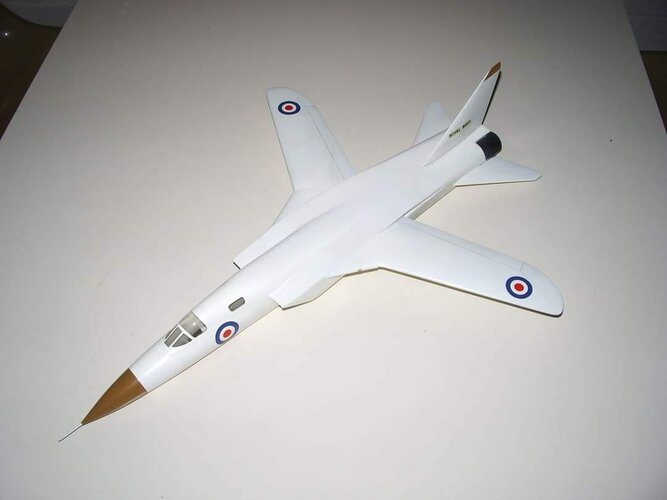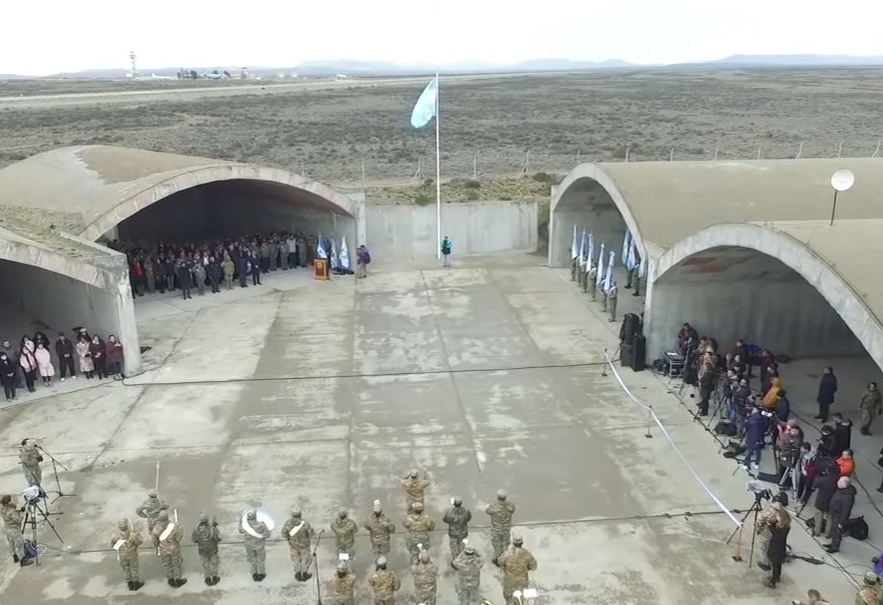@Rule of cool I admit I wasn’t really thinking of the historical RN for this scenario. The Sea Harriers just didn’t have the legs - approx 200nm radius Lo - Lo - Hi.
This scenario really calls for buddy refueling (Harrier / A-4 Skyhawk / or Super Etendard) or long-range strike aircraft like the Buccaneer. The minimum radius would be approx 300nm to enable a launch from south of the Falklands.
With excellent intelligence it might be possible to narrow down the strike to 1 single base like Rio Grande (which housed the biggest threat - Super Etendards) but I think more realistically a minimum of 2 bases would have to be hit simultaneously (ie. Rio Grande and Rio Gallegos), their runways disabled, and to allow follow-on strikes to destroy aircraft and hangars. With the option to move north on Day 2 to strike Santa Cruz and San Julian (if Day 1 was very successful).
So buddy refueling and anti-runway weapons and training would be the minimum capabilities needed for success. I would also want some defensive systems to reduce losses against radar guided AAA.
This scenario really calls for buddy refueling (Harrier / A-4 Skyhawk / or Super Etendard) or long-range strike aircraft like the Buccaneer. The minimum radius would be approx 300nm to enable a launch from south of the Falklands.
With excellent intelligence it might be possible to narrow down the strike to 1 single base like Rio Grande (which housed the biggest threat - Super Etendards) but I think more realistically a minimum of 2 bases would have to be hit simultaneously (ie. Rio Grande and Rio Gallegos), their runways disabled, and to allow follow-on strikes to destroy aircraft and hangars. With the option to move north on Day 2 to strike Santa Cruz and San Julian (if Day 1 was very successful).
So buddy refueling and anti-runway weapons and training would be the minimum capabilities needed for success. I would also want some defensive systems to reduce losses against radar guided AAA.
Last edited:


